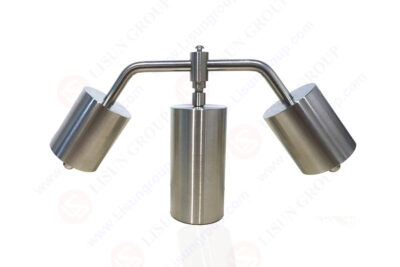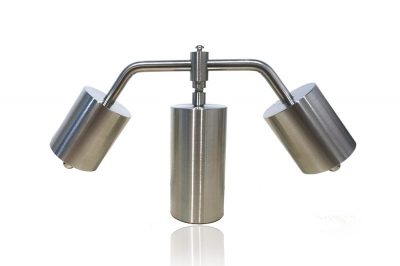
Abstract The Ball Pressure Test for IEC 60695-10-2 is essential for evaluating heat resistance in electrical products, specifically focusing on components such as plugs and sockets used in household applications. This test ensures that these products can withstand high temperatures without deformation, maintaining functionality and safety standards. This paper outlines the Ball Pressure Test metho...

Overview Ball Pressure Test (Resistance to Heat) is a critical experiment for evaluating the heat resistance performance of insulation materials, primarily used to support and protect energized components. The testing temperature varies depending on the material’s application, typically requiring materials supporting energized components to be tested at 125°C. Given that electrical accessor...

In-depth Analysis of Pressure Testing Methods and Standardization Guidelines Operation Steps and Methods of Ball Pressure Testing: 1. Sample Pressure Treatment: Place the sample under the pressure device and subject it to one hour of pressure, ensuring testing in an abnormally high-temperature environment. This step aims to simulate the behavior of the sample under specific environmental condition...

In-Depth Analysis of Ball Pressure Test Apparatus and Standardization Guidelines of Ball Pressure Test Ball Pressure Test Procedure and Methods: • Sample Pressure Treatment: Place the sample under a pressure device, subjecting it to pressure for one hour to ensure testing in an unusually high-temperature environment. This step aims to simulate the behavior of the sample under specific conditions...

What is A Ball Pressure Test Ball Pressure Test is a safety regulation test to examine the heat-resistance performance of product materials. The temperature of the test is usually 125℃ and it is mainly aimed at increasing the product safety. The ball pressure test is to press the surface of non-metallic and non-ceramic materials at high temperatures using a ball pressure tester to detect the ...

IEC ball pressure test is a special kind of Potting test, which is used to test the insulation resistance and shell protection insulation strength of the switch device under certain conditions. This test is conducted according to IEC 61043-4-2 standard. This standard is only applicable to single-phase devices. The main purpose of IEC ball pressure test is to test the accuracy of measurement and me...

What is a ball pressure test? Under the action of high temperature, the structural properties of non-metallic materials and insulating materials will change greatly, and this change is usually manifested as material softening or melting. The IEC ball pressure test is used to test the heat resistance of non-metallic materials and insulating materials. In the safety standards for products such as pl...

Under the effect of high temperatures, the structural characteristics of non-metallic materials, insulation materials will change greatly, which manifests itself softened or melted. Ball pressure test is used to test the heat resistance of non-metallic materials and insulating materials. It indicates the requirements of the ball pressure test in IEC60695, UL, IEC884-1, GB / T5169.21-2006, GB4706.1...